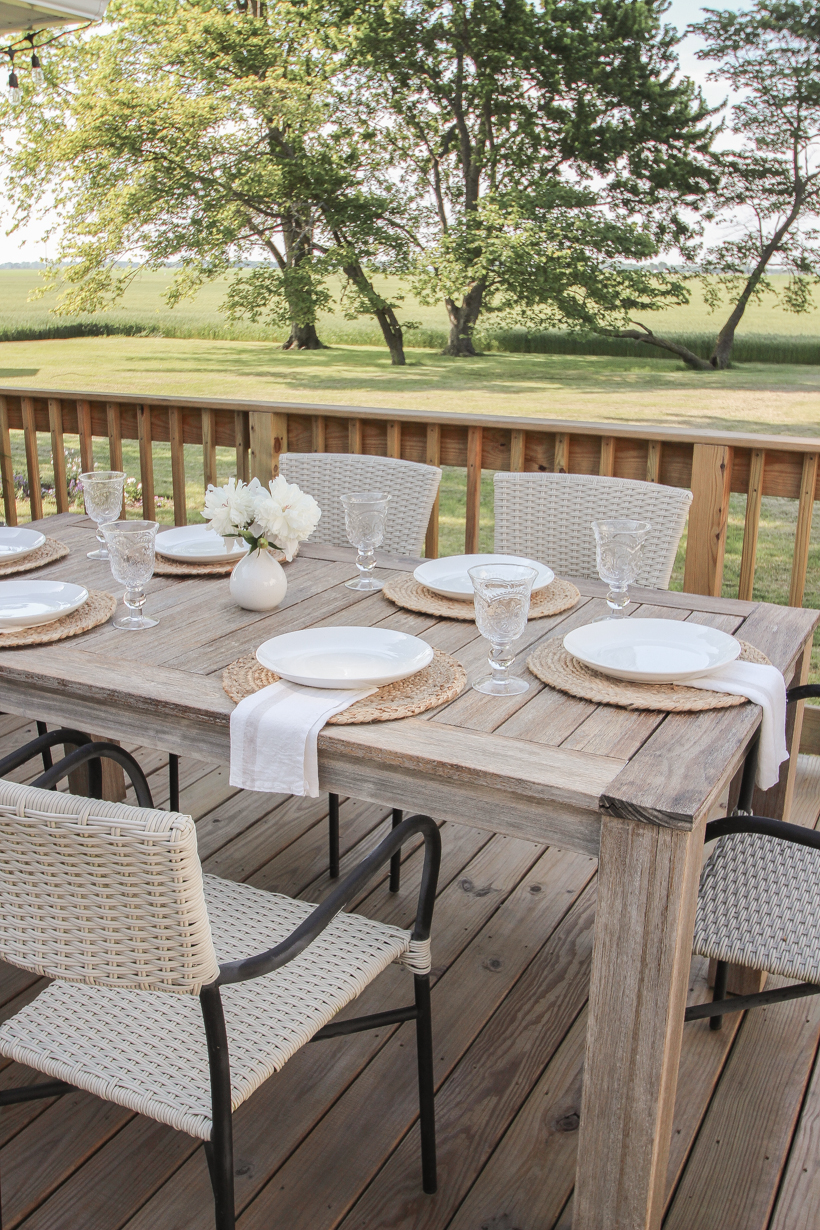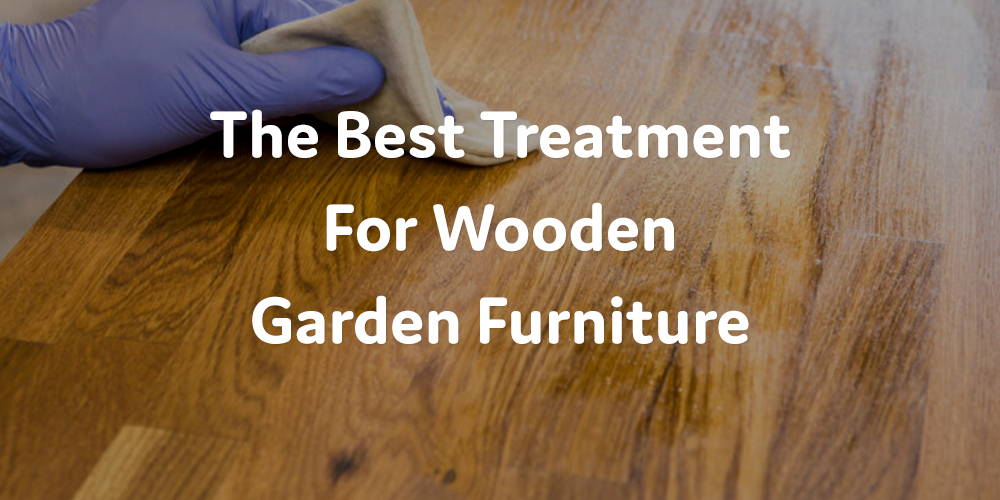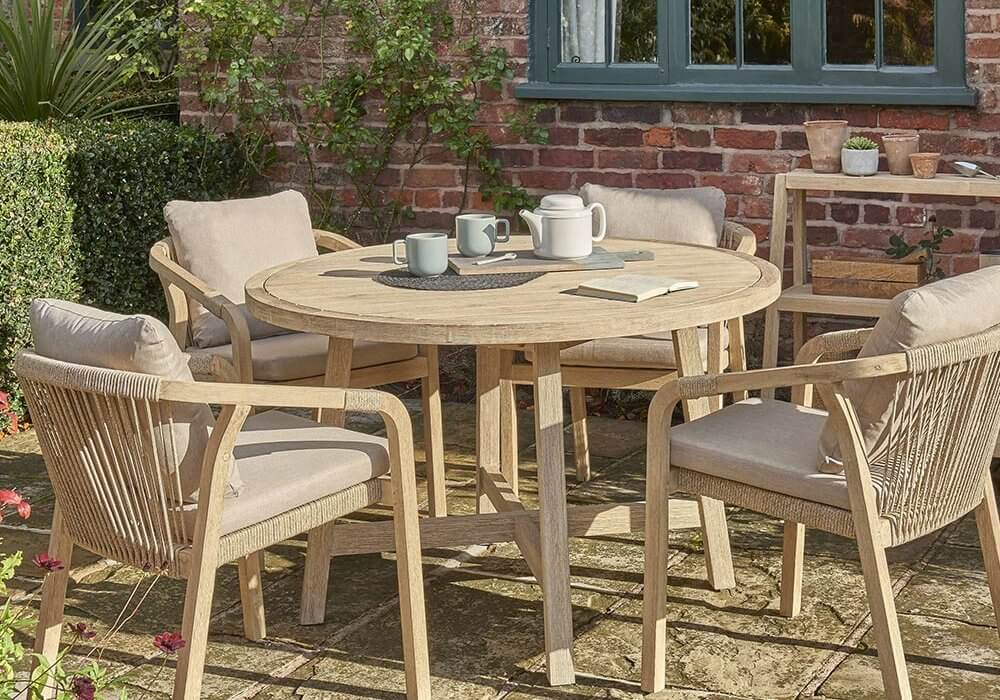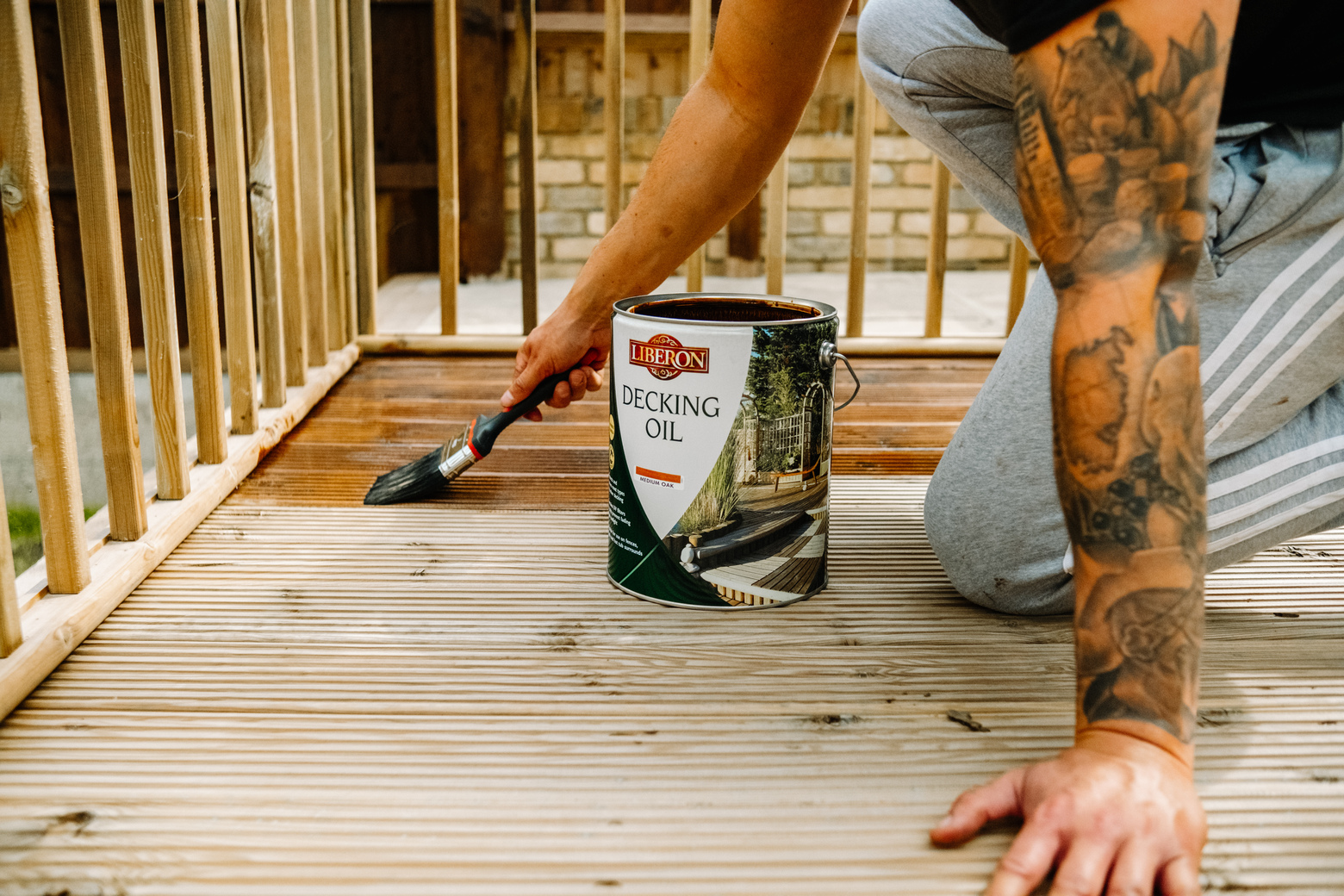Ever wondered how you can keep your wooden garden furniture looking stunning year after year? Investing in quality wooden garden furniture is an excellent decision, but maintaining its elegance requires some dedication and the right know-how. In this guide, we will walk you through the best treatments for your wooden garden furniture to ensure it remains in pristine condition, season after season.

This image is property of lovegrowswild.com.
Understanding Wooden Garden Furniture
Before diving into the specifics of treatment, it's essential to understand the types of wood used in garden furniture. Different types of wood have various maintenance needs, and choosing the right treatment will depend on the wood your furniture is made from.
Types of Wood Commonly Used in Garden Furniture
Understanding the characteristics of different types of wood can help you select the best treatment. Here are some common types of wood used in garden furniture:
| Wood Type | Characteristics | Common Treatments |
|---|---|---|
| Teak | Very durable, naturally resistant to water and insects | Teak oil, sealers, mild cleaners |
| Cedar | Lightweight, naturally resistant to decay | Oils, paints, stains |
| Pine | Softwood, generally treated for outdoor use | Stains, paints, sealers |
| Oak | Strong, durable, can be susceptible to moisture | Linseed oil, sealers, stains |
| Eucalyptus | Hard and dense, naturally oily | Protectors, oils, varnishes |
Pre-Treatment Preparations
Before applying any treatment, proper preparation of your wooden garden furniture is crucial. This step ensures the treatment materials can penetrate and work effectively.
Cleaning the Furniture
Begin by cleaning your furniture thoroughly. Remove all dirt, grime, and mold that may have accumulated. Using a mixture of mild detergent and warm water, scrub the furniture gently with a soft brush. Rinse with clean water and allow the furniture to dry completely before proceeding.
Sanding
Sanding the surface smooths out rough spots and helps remove any existing finishes. Use fine-grit sandpaper to achieve a smooth surface. Be sure to sand in the direction of the wood grain to avoid scratches and ensure even absorption of the treatment.
Repairing Damages
Inspect your furniture for any damages, such as cracks or loose joints. Repair these issues before applying any treatment to prevent them from worsening. Wood fillers can be used to patch minor cracks, while larger repairs may require wood glue or replacement parts.

This image is property of www.furnituremaxi.com.
Best Treatments for Wooden Garden Furniture
Selecting the best treatment for your wooden garden furniture depends on your desired outcome, whether it's enhancing the natural appearance, providing protection, or longevity.
Wood Oils
Wood oils are popular treatments due to their ability to penetrate the wood deeply, offering protection and enhancing the natural beauty.
Teak Oil
Teak oil is ideal for teak wood but can also be used on other hardwoods. It revitalizes the wood, giving it a rich, warm appearance.
Application Steps:
- Ensure the wood is completely dry.
- Apply the oil with a lint-free cloth or brush.
- Allow the oil to soak in for 15-20 minutes.
- Wipe off excess oil with a clean cloth.
- Allow the furniture to dry for 24 hours before use.
Repeat the application once or twice a year, depending on exposure to the elements.
Linseed Oil
Linseed oil works well with oak and other hardwoods. It offers a protective layer and enhances the wood's natural grain.
Application Steps:
- Clean and dry the furniture.
- Apply the oil with a rag or brush.
- Let it soak in for 15 minutes, then wipe off the excess.
- Allow 24 hours drying time between coats.
Apply at least two coats, reapplication may be needed every year.
Wood Sealers
Wood sealers provide a protective barrier that guards against moisture, UV rays, and mildew. They are particularly useful for woods like pine and cedar.
Application Steps:
- Clean and sand the wood surface.
- Stir the sealer well before application.
- Apply an even coat with a brush or sprayer.
- Allow the sealer to dry for the recommended time on the product label.
- Apply a second coat if needed.
Reapply every couple of years for continuous protection.
Stains
Stains can change the color of your furniture while still allowing the natural grain to show through. They provide some level of protection, but it’s often wise to use a sealer as an additional layer.
Application Steps:
- Clean and prepare the surface.
- Stir the stain thoroughly.
- Use a brush or lint-free cloth to apply the stain evenly.
- Wipe away any excess with a clean cloth.
- Allow it to dry, then apply a second coat if desired.
Seal the stained wood with a clear sealer to enhance durability.
Paints
Paint can offer the ultimate protection against the elements while adding a splash of color to your garden furniture. For optimal results, choose a high-quality exterior paint.
Application Steps:
- Clean, sand, and prime the furniture.
- Apply a base coat of exterior paint using a brush or roller.
- Allow the paint to dry according to manufacturer instructions.
- Apply a second coat for even coverage.
A fresh coat of paint might be needed every few years, depending on environmental exposure.
Varnishes and Lacquers
Varnishes and lacquers provide a hard, protective finish that is glossy and durable. They are suitable for woods like eucalyptus and provide excellent protection against water and sun damage.
Application Steps:
- Sand the wood and clean it.
- Apply the varnish or lacquer using a brush.
- Let the first coat dry completely.
- Sand lightly between coats with fine-grit sandpaper.
- Apply subsequent coats as needed (usually 2-3 coats).
Reapply as needed, usually after a few years.

This image is property of www.ioliving.co.uk.
Maintaining Treated Wooden Garden Furniture
Once you've treated your garden furniture, ongoing maintenance ensures its longevity and appearance.
Regular Cleaning
Keep your furniture clean by wiping it down regularly with a soft cloth. For a deeper clean, use mild soapy water. Avoid using harsh chemicals that can strip away the protective finishes.
Seasonal Inspections
Inspect your furniture seasonally for any signs of wear or damage. Address any concerns promptly to prevent them from escalating into more significant issues.
Reapplication Schedules
Refer to the treatment product guidelines for reapplication schedules, which can range from once a year to every few years. Adhering to these schedules maintains the protective barrier and keeps your furniture looking great.
Covering and Storing
During harsh weather conditions or off-seasons, cover your furniture with breathable covers. If possible, store them indoors to prevent exposure to extreme weather elements.

This image is property of www.andersonlumbercompany.com.
Final Thoughts on Treating Wooden Garden Furniture
Taking the time to treat your wooden garden furniture correctly ensures it remains a beautiful and functional addition to your outdoor space for many years. By carefully selecting the suitable treatment — whether it's oils, sealers, stains, paints, or varnishes — you'll enhance the natural beauty and durability of your wood. Regular maintenance, seasonal checks, and timely reapplications work hand in hand to preserve the elegance and longevity of your investment.
So, what's your chosen method of treating your wooden garden furniture?

This image is property of www.wood-finishes-direct.com.
















